I have a theory I want to walk you through.
You don’t hear about the alt-right much anymore. I have several theories as to why. An obvious one is that it delegitimized itself. Trolling people on the internet with antisemitic cartoons and Pepe the Frog is not an agenda that lends itself to coalition-building at scale. The 2017 Charlottesville tiki torch march wasn’t exactly a public relations coup, either. Smart people, whether antisemitic or not, recognized that being acolytes of neo-Nazis wasn’t a great career move. Some alt-righters, I suspect, grew out of it, either because they realized the monumental dickishness of it or because it became boring as people learned to ignore it.
Second, the serious—largely unbigoted—intellectual types who apologized for, or played footsie with, the alt-right found more hospitable, serious, and reputable movements for their alternative right-wingery in things like the new nationalism, “postliberalism,” or simply Trumpism. That’s what the term is supposed to mean, after all: an alternative to the contemporary right-wing “establishment” or consensus.
And that gets to a third, less cheery, explanation for why we don’t hear much about the alt-right anymore. It’s not so “alt” as it once was. A lot of those young people found better career paths working for more “establishment” right-wing outfits. They’re welcome in the MAGA-fied CPAC and Heritage Foundation, Turning Point USA, various chapters of the Young Republicans, and the new America First think tanks and astroturf-y outfits that have sprung up over the last decade, not to mention entry-level jobs on Capitol Hill, Fox News, OAN, Newsmax, and of course the GOP itself.
I’m not saying it’s all shot through with insipid bigots of the sort who think it’s hilarious to photoshop people into gas chambers. Those people are still out there, but the actual alt-right is about more than meme warfare and how-many-Jews-can-you-fit-in-an-ashtray jokes now. The new hotness is about election denial, conspiracy theories, and in some cases, extreme Orbánism.
What I’m saying is the broader alt-right—the one that thinks Ronald Reagan was terrible and William F. Buckley was a sellout—has had remarkable (though not total) success with its own short march through institutions. The relatively short journey of that march stems from the fact that few explicitly conservative institutions are wholly separate from the GOP and politics, so when the party goes Trumpy and MAGA, lots of institutions out of perceived necessity followed suit.
They didn’t all reinvent themselves by any stretch, but they made room for folks with extremely unconventional views. Some institutions have resisted the tide to one extent or another, and plenty of individuals all over the right haven’t had Damascene conversions to the new right. But what’s clear is that within the GOP and nearly all the big-name conservative organizations, there’s a new popular front, a new conception of a big tent, that to one extent or another considers everyone from, say, Candace Owens and Laura Loomer to Reps. Marjorie Taylor Greene and Paul Gossar to Tucker Carlson and Michael Flynn to be part of “the movement.” People who “punch right” at such figures are considered bigger problems or more annoying heretics than the grifters, bigots, or whack jobs in the movement.
Don’t worry, I’m getting to my theory.
It’s worth noting that there is no such thing as the “alt-left.” To the extent anyone used that phrase it was mostly as “I’m rubber, you’re glue … ” deployed by the right as an epithet against woke types. But it never caught on. Moreover, pretty much no one unironically calls themselves “alt-left.”
And why should they? The serious left largely succeeded in its long march through the institutions before I was born. Indeed, you could argue that, symbolically at least, their victory occurred the year I was born.
In 1969, Cornell University was torn apart by campus protests. The details—which are fascinating, by the way—are too complicated to get into here. But the basic story is that some African American radical students broke the rules while staging protests. Three of them were administratively punished. In response, black activists armed themselves with guns and occupied Willard Straight Hall. Chief among their demands was that the punishments be rescinded. Professors received death threats. Warning shots were fired into the engineering building. Thomas Jones, the ringleader, went on campus radio and, after reporting the home addresses of three professors—Allan Bloom, Clinton Rossiter, and Walter Berns—and four administrators, including Cornell President James Perkins, declared, “Cornell has three hours to live.”
Not only were the punishments rescinded, but the school capitulated to wholesale changes in curriculum, staffing, and governance. Perkins resigned, and Bloom, Berns, legendary classics scholar Donald Kagan, and a young Thomas Sowell in his first teaching job, fled Cornell. A new university senate was created, the board was restructured, and the Africana Studies Research Center was founded. Rossiter, the great liberal historian, helped convince the faculty to keep the punishments. He told the New York Times, “If the ship goes down, I’ll go with it, as long as it represents reason and order. But if it’s converted to threats and fear, I’ll leave it and take a job as a night watchman in a bakery.”
He then switched positions. The faculty senate, which had rejected the demands for clemency just days earlier, reversed itself. Bloom would later recall that “students discovered that pompous teachers who catechized them about academic freedom could, with a little shove, be made into dancing bears.”
Jones went on to be the head of the TIAA, the pension fund for most college professors. (I once heard Berns marvel at the fact that the kid who threatened to kill him now handled his pension fund.)
I bring this up because I think it’s illustrative of the mainstream left’s orientation toward the far left. Universities today are full of academics and administrators who ideologically and psychologically think the Cornell crisis was a big win for social justice. You can see the same dynamic in how groups like the Weathermen and the Black Panthers are remembered. Even when violence isn’t involved, left-wing radicalism is seen as something to be admired by mainstream liberals. The radical will, the authenticity, the passion, is seen as a driver of progress. Radical chic is cool. Moreover, the radical left has the courage of its convictions, while the Rossiter-style liberals lack a similar conviction to defend “reason and order” when required. People who keep their youthful radicalism are hailed for not “selling out.”
Among mainstream journalists and progressive academics and intellectuals generally, radical indictments of America’s liberal order are seen as bold and admirable. The radical intellectuals—Noam Chomsky, Howard Zinn, Herbert Marcuse, Michel Foucault, Frantz Fanon, Kimberlé Crenshaw, Stanley Fish, et al.—are (or were) bravely and nobly speaking “truth to power.” Never mind that they are as anti-liberal as anybody among today’s New Right.
I think much of this started with communism and what became mainstream liberalism’s “anti-anti-communism.” The last gasp of serious anti-communist bravery among the left, of the sort Rossiter could not muster, was Americans for Democratic Action (ADA). Arthur Schlesinger and his fellow “vital center” liberals recognized communists —I mean real, Soviet-aligned communists in America—were an existential threat to the American project. As Joseph and Stewart Alsop had written in the New Republic in 1946, “the liberal movement is now engaged in sowing the seeds of its own destruction.” Liberals, they argued, “consistently avoided the great political reality of the present: the Soviet challenge to the West.” This realization led to the creation of the ADA the next year. They successfully purged the Democratic Party of Communists, who moved en masse into the Progressive Party.
But starting in the 1950s, mainstream liberalism embraced intellectual and political popular frontism. Being a victim of McCarthyism—or simply anti-communism—was a badge of honor. The former radicals and communists who became actual conservatives, willing to defend American liberal institutions, were the real enemy. When the socialist writer Michael Harrington called them “neoconservatives” the association with neo-Nazism was deliberate.
Obviously, I’m offering the briefest sketch of a complicated story, but I think my sketch recognizably captures reality pretty well.
The upshot is that mainstream “liberal” institutions lack the ability to recognize illiberalism on their own side. Speech codes and the like are for policing them not us. Moral norms about condemning antisemitism or appeals to racial solidarity only apply to forces outside the tent. Horror at theocracy isn’t aimed at theocracy per se, but at Catholics and “Christian extremists.” Muslims who call for Islamic supremacy are merely part of the beautiful mosaic of diversity. Having a problem with that isn’t honorable, classically liberal, Jeffersonian revulsion at theocracy, it’s “Islamophobia.” Discrimination against Asians or Jews is in service to diversity. Discrimination—real or alleged—against blacks is consistent with America’s innate racism. Crackpots—like Naomi Wolf, Michael Moore, and Robert F. Kennedy Jr.—were only deemed crackpots when they proved inconvenient or adversarial to the progressive popular front.
In his great cover essay for Commentary, “The Woke Jihad,” Abe Greenwald makes the sadly obvious observation that the mainstream institutions of the left have a massive problem with antisemitic radicalism. If you were paying attention after October 7, you might have been surprised by the number of people in reputable positions at reputable institutions openly happy about a heinous terror attack on Jewish civilians. An even larger number of reputable people at reputable institutions were—and remain—apologists for those people. Abe does all the legwork providing examples and explanations about the popular frontism of the radical left and Islamists. But even his ample provision of examples is but a dollop from a very deep and wide well.
I could easily provide countless more examples of journalists, academics, authors, and artists who either traffic in antisemitism, support of terrorism, or the broader ideology of anti-Americanism and anti-Westernism. Much of it has taken on the spirit of a McCarthyite moral panic. Read Jamie Kirchick’s essay on anti-Zionism in the literary world and tell me I’m wrong.
Bear in mind that October 7 did not create any of this, it revealed it. A terrorist attack in which young peaceniks were gang raped and children were burned alive would be a weird provocation for making people antisemitic. No, October 7, revealed something that had been building for a very long time. If I were to describe the views of many leftist antisemites without providing any hints to what team they came from, many thoughtful liberals would assume I was describing the alt-right. But what I would be describing is what should be considered the “alt-left”—but isn’t.
Meanwhile, it’s worth noting that the post-Cold War right developed all sorts of mechanisms, norms, rules, and arguments for keeping radicals out of its institutions. The reasons for this are complicated. Some of it was deeply principled. Some of it was born of practical necessity, given that conservatives were under constant surveillance by the liberal-dominated media and academia. Flirting with radicalism, racism, or antisemitism threatened to delegitimize the conservative project. By no means was the right flawless in its execution of these rules. William F. Buckley took too long to change his views on race—but he did change them. He was quicker and more courageous about antisemitism and crackpottery, purging everyone from Ayn Rand (a little unfairly), the Birchers, and even his friends Pat Buchanan and Joseph Sobran. There was a reason cranks like Ron Paul had to make do with crappy direct-mail newsletters.
It’s very hard to find a similar, institutionalized, system on the left. For instance, Caitlin Flanagan, writing in 2022, noted the strange way the literary world cannot bring itself to truly acknowledge, never mind condemn, Alice Walker’s flagrant Jew hatred.
Alice Walker is a literary giant. Joseph Sobran, a brilliant longtime writer for National Review, was not. But Buckley looked at his friend and colleague’s antisemitic writings (which had degenerated over the course of his career) and came to the painful and correct conclusion he had to go. Who on the left, with similar standing as Buckley had on the right, would dare to cancel the author of The Color Purple?
And so here, finally, is my theory. I think the right is becoming like the left because it has abandoned the will and desire to police itself. Conservatism has reached a size and scale that it no longer worries about being condemned by the left. Indeed, it takes such condemnations to be compliments, proof that it’s doing something right. I’ve lost count of the number of times I’ve heard prominent right-wingers claim that the flak they’re taking from “the left” is proof they are “over the target.” Popular frontism is the order of the day. The apologists for January 6 are Clinton Rossiters of the right. Getting prominent Republicans to condemn rightwing goons and thugs is as difficult as getting Democrats to denounce rioters and Antifa during the BLM riot days. Not impossible, but much, much, harder than it should be.In the same way that drawing fire from the right “proved” that radical leftists were speaking truth to power, drawing fire from the left is a badge of honor on the right. Lost in this pas de deux of radical horseshittery is the fact that actually defending classically liberal norms and institutions doesn’t pay. Progressive elites are terrified of being in bad odor with the radicals on their team, and conservative elites feel the same way about theirs. Progressives who “punch left” and conservatives who “punch right” are traitors and sell-outs. The radicals share a common animosity toward the constitutional order and any institution that doesn’t join their side. They also share all sorts of other views—identitarianism, corporatism, protectionism, and either outright antisemitism or a tolerance of it in their ranks. All they really disagree on is who should be in power, and who should benefit from it.
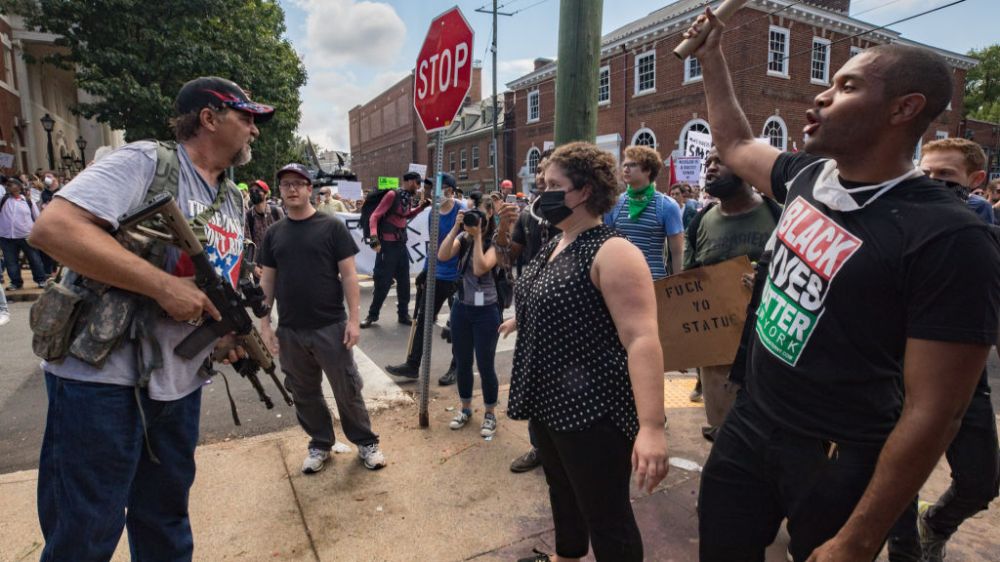

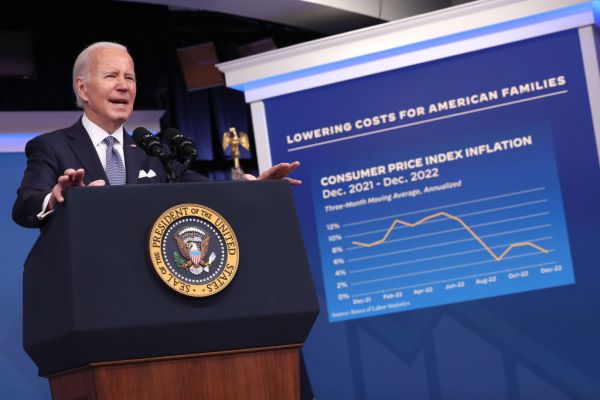
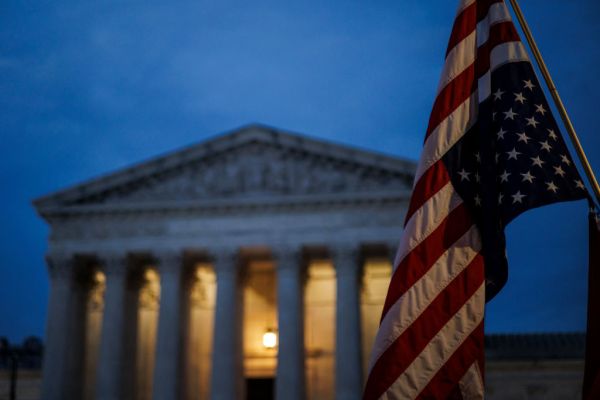

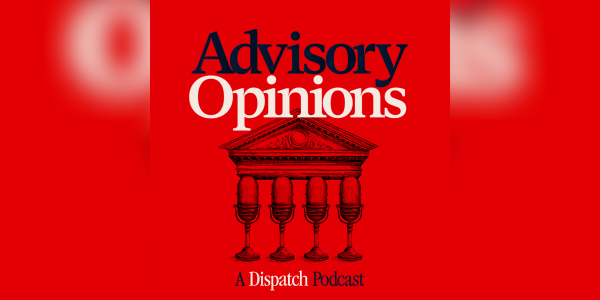
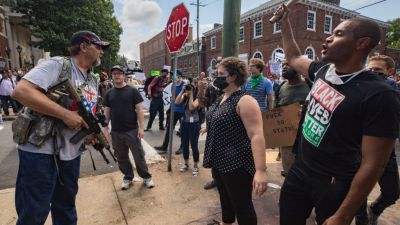
Please note that we at The Dispatch hold ourselves, our work, and our commenters to a higher standard than other places on the internet. We welcome comments that foster genuine debate or discussion—including comments critical of us or our work—but responses that include ad hominem attacks on fellow Dispatch members or are intended to stoke fear and anger may be moderated.
With your membership, you only have the ability to comment on The Morning Dispatch articles. Consider upgrading to join the conversation everywhere.